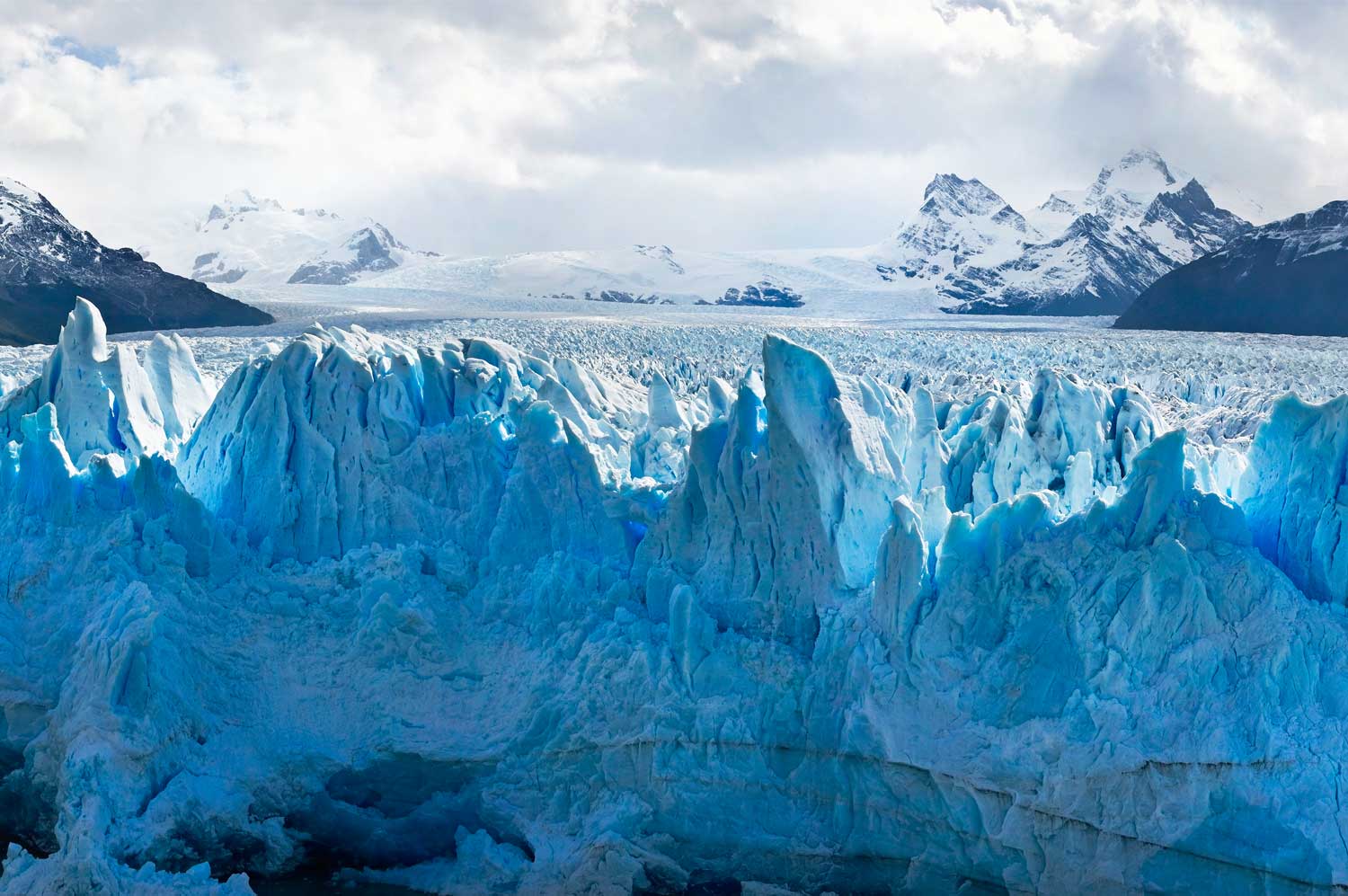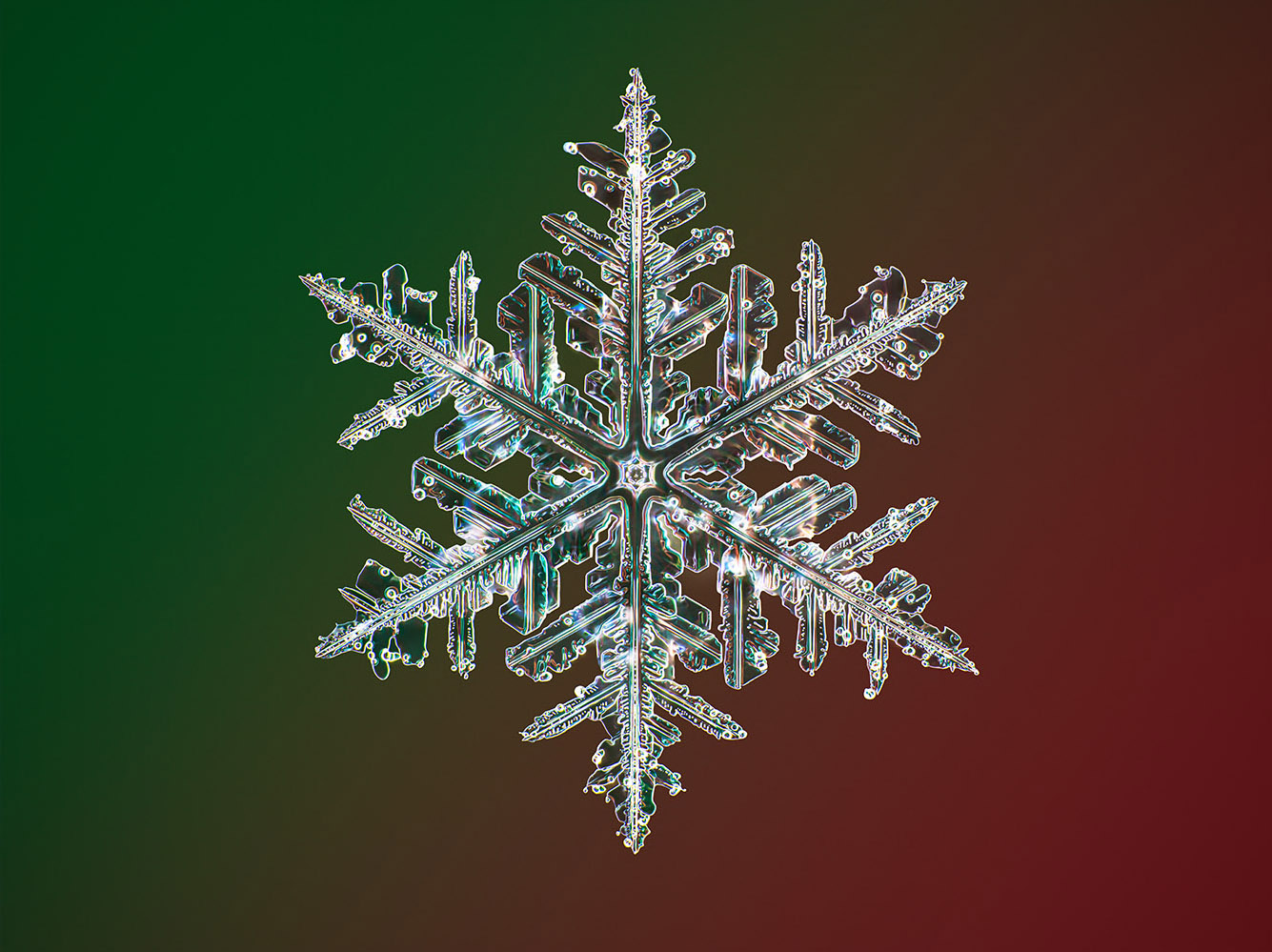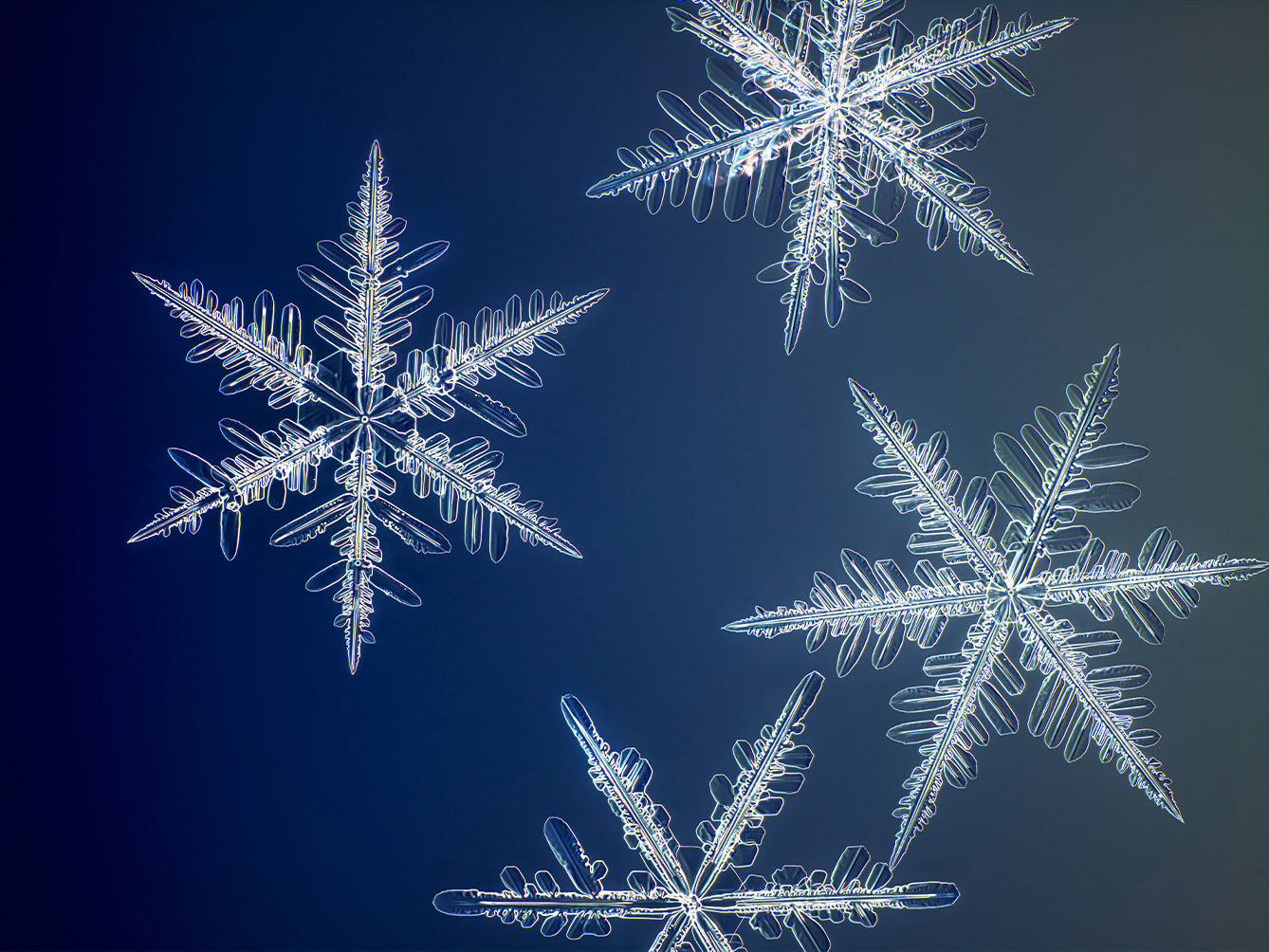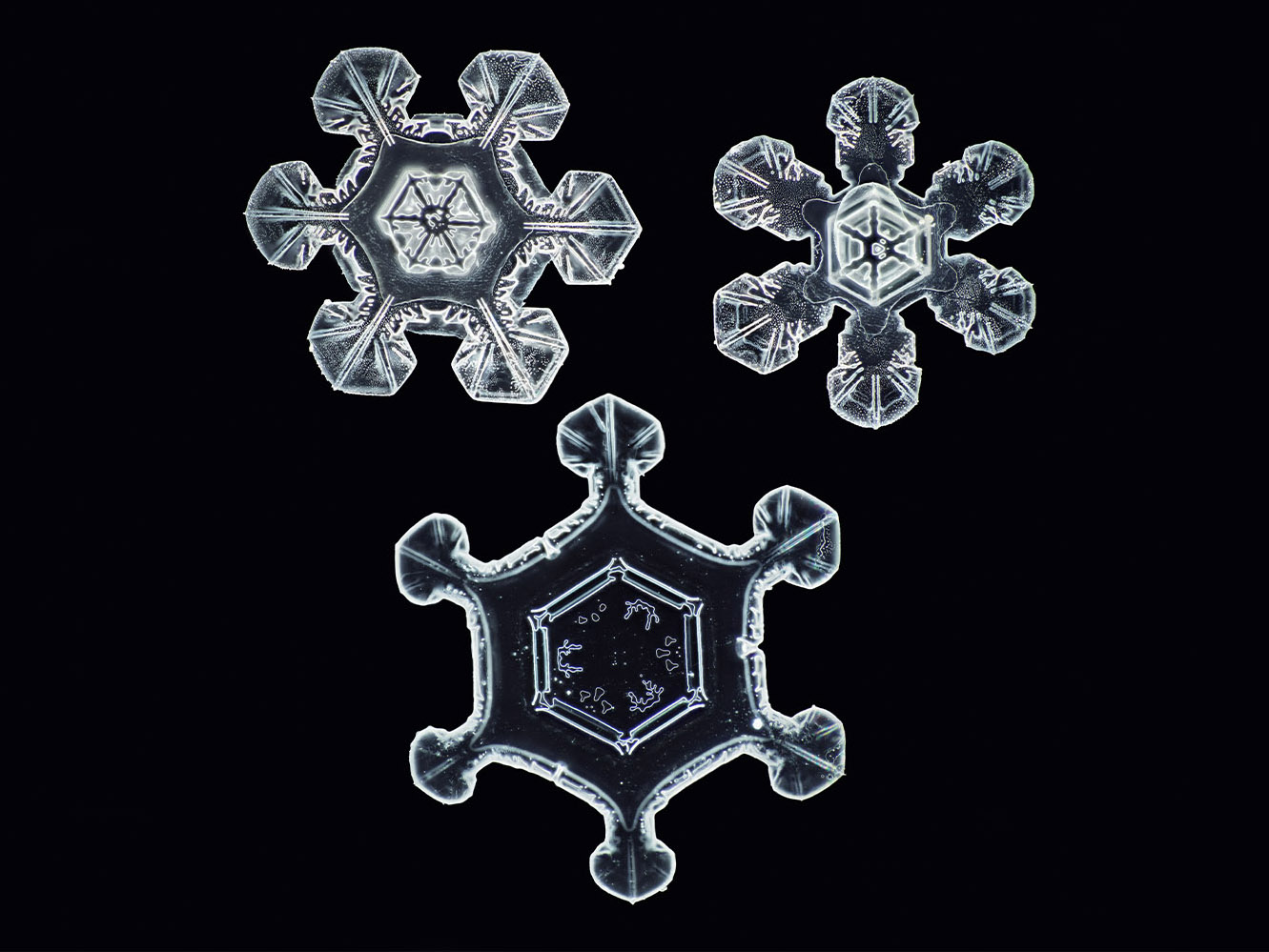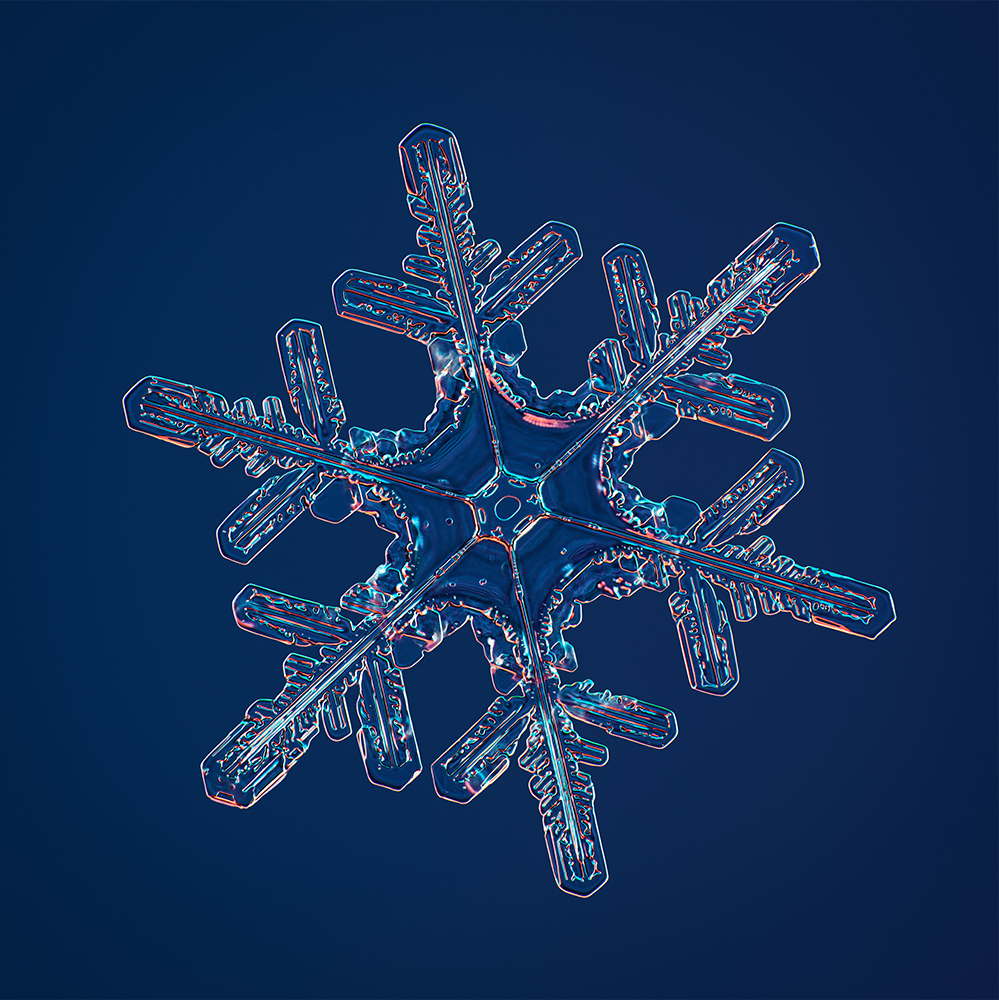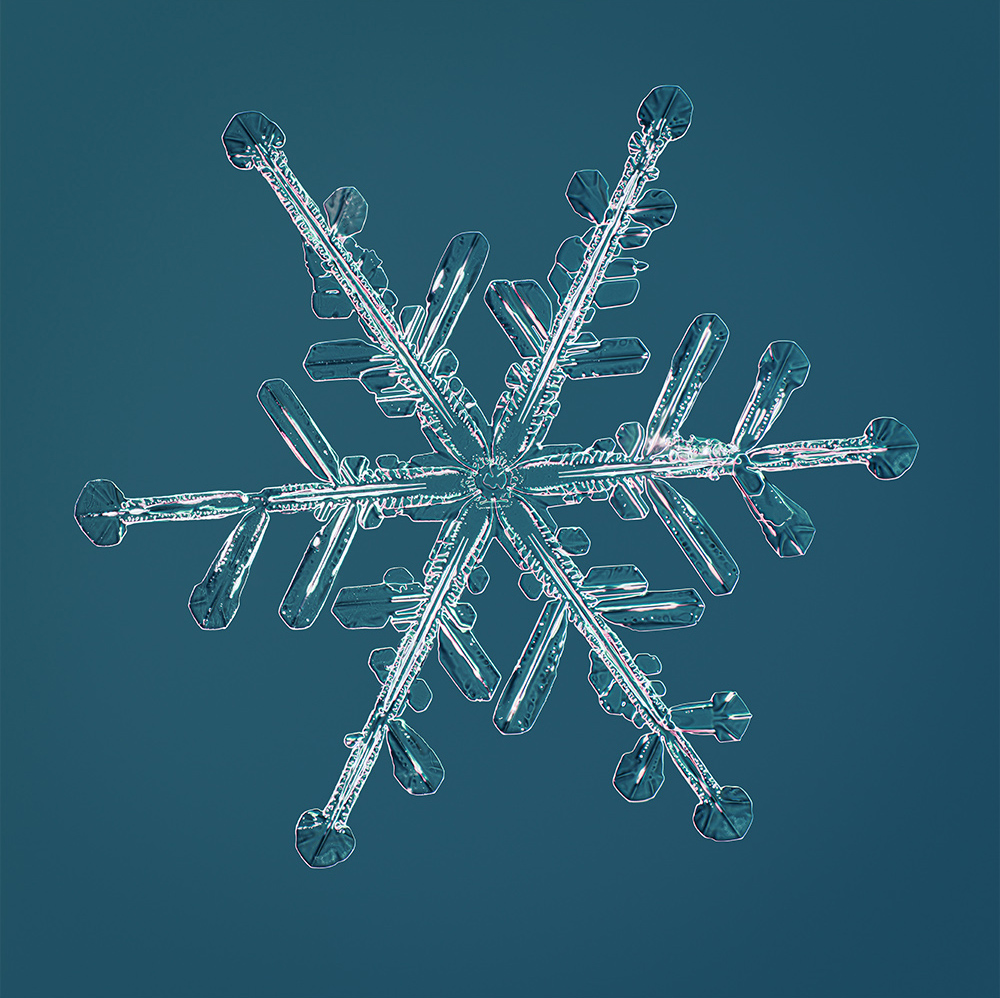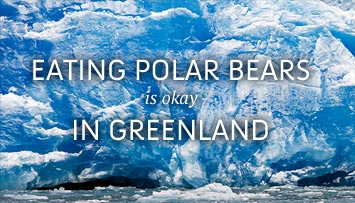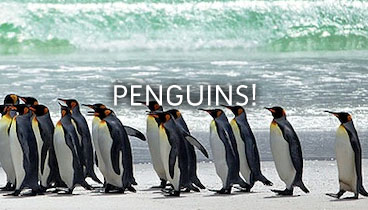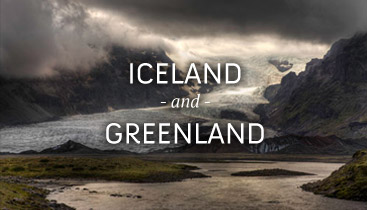Travel & Photo Essays
Snowflakes
Building on previous work by Caltech physicist Kenneth Libbrecht and photographers Don Komarechka, Alexey Kljatov, and others, I've adapted techniques of microscopy to make ultra-high-resolution photos of individual snowflakes. It's a tricky thing to do, for a number of reasons. Snowflakes are fragile and difficult to manipulate without damaging them. They melt quickly if the equipment is not really cold. And even under the best conditions, they evaporate through sublimation, so you have to work fast. But I and some colleagues were able to combine some established techniques from microscopy and macrophotography with custom-built enclosures and cooling gear to make a system that works pretty well. The resulting images have been featured by the New York Times, Smithsonian, Forbes, Accuweather, and many other media, and we've made them available for purchase from the Modernist Cuisine Gallery. We also published an article in Microscopy Today describing our snowflake microscope.
Ice Queen
Snowflakes are a great example of hidden beauty. Water, which is an incredibly familiar thing to all of us, is quite unfamiliar when you see it in this different view. The intricate beauty of snowflakes is derived from their crystal structure, which is a direct reflection of the microscopic aspects of the water molecule.
Yellowknife Flurry
All living things need water to survive. Snow, in its frozen crystalline form, plays an important role in the global water cycle and thus food production. Many rivers that flow, reservoirs that are filled, and most drinking water that’s used during the summer depend on the amount of snowfall earlier in the year.
No Two Alike
Photographing snowflakes is a bit like watching sand fall through your fingers. The difficulty of it is not just technical but also a matter of timing. Snowflakes sublimate—their sharp features degrade as the ice crystals evaporate over time, making the window to capture them fleeting. To keep the snowflakes from vaporizing too quickly, I use a cooled stage, giving me more time to capture and focus-stack images.
Snowflake Triptych: 3
There is no denying that snowflakes are small, with most measuring just a few millimeters in size. To get such a crisp shot of something so minuscule, I needed a crystal-clear lens. I decided to make one out of something normally found in high-end watches: artificial sapphire. Artificial sapphire is incredibly hard and almost impossible to scratch. We chilled the artificial sapphire slides to ambient temperature or colder so that the ice crystals wouldn’t melt upon contact. We also developed an optical path to fill a medium-format digital back, allowing me to obtain a larger, sharper image than most microscopic photographs.
Snowflake Triptych: 2
I collected thousands of snowflakes before finding a few that were this stellar. During winter, there are billions of snowflakes falling at any given moment across the coldest regions of North America alone. While there may be billions of them, catching one is no easy feat. I captured individual snowflakes with black foam board, which was wrapped in black velvet on particularly windy days. I then used a size 000 watercolor paintbrush, charged with static in the air, to transfer and manipulate individual snowflakes into position on a microscope slide.
Snowflake Triptych: 1
The ethereal beauty of snowflakes requires more than just a sharp eye to appreciate. This crystal clear, magnified perspective requires a precise mixture of weather, location, technology, and unwavering perseverance. It took us over 18 months to develop a camera system specialized enough to photograph snowflakes before they degrade and vanish. Featuring a Phase One sensor adapted to a microscope objective, it is the highest-resolution snowflake camera in the world.
